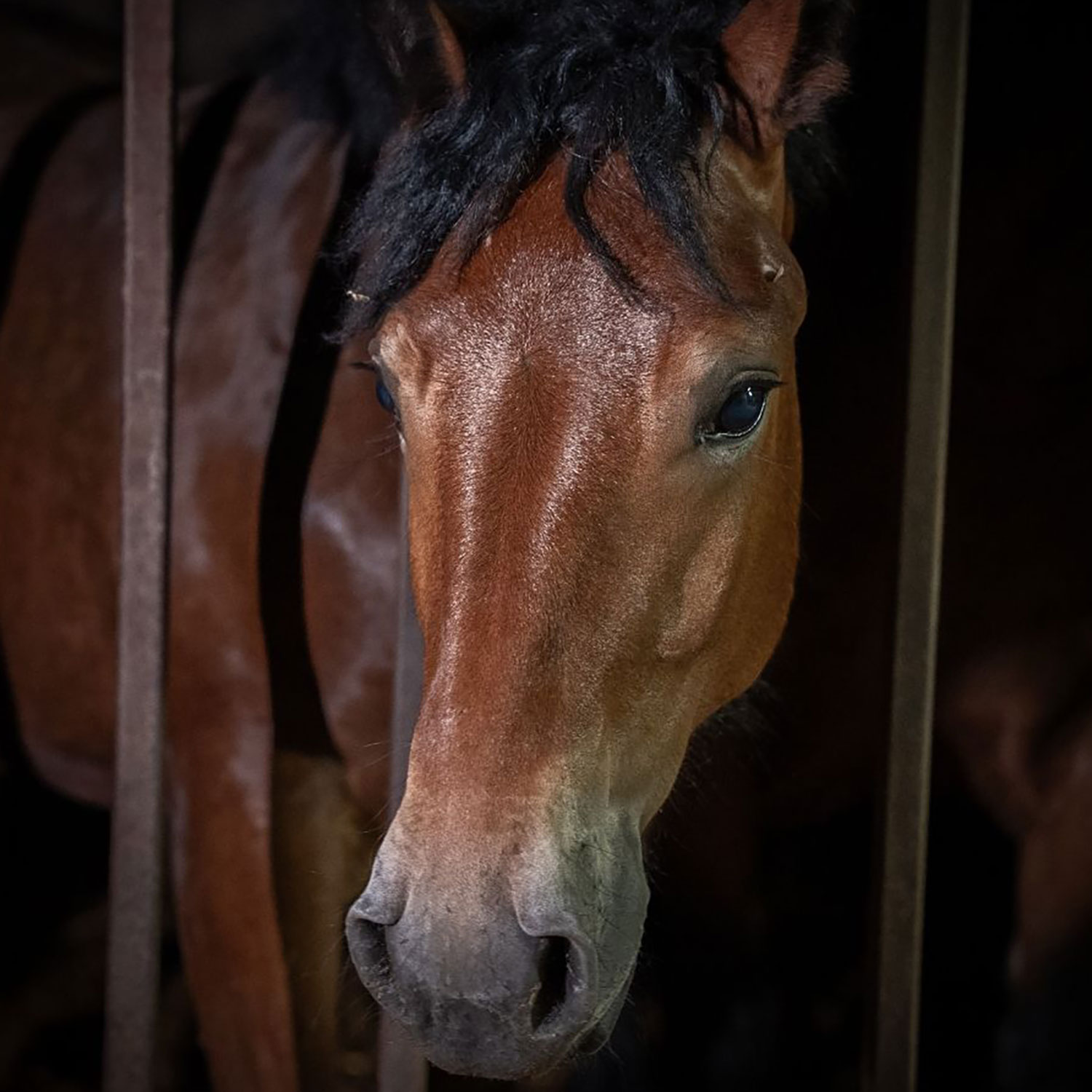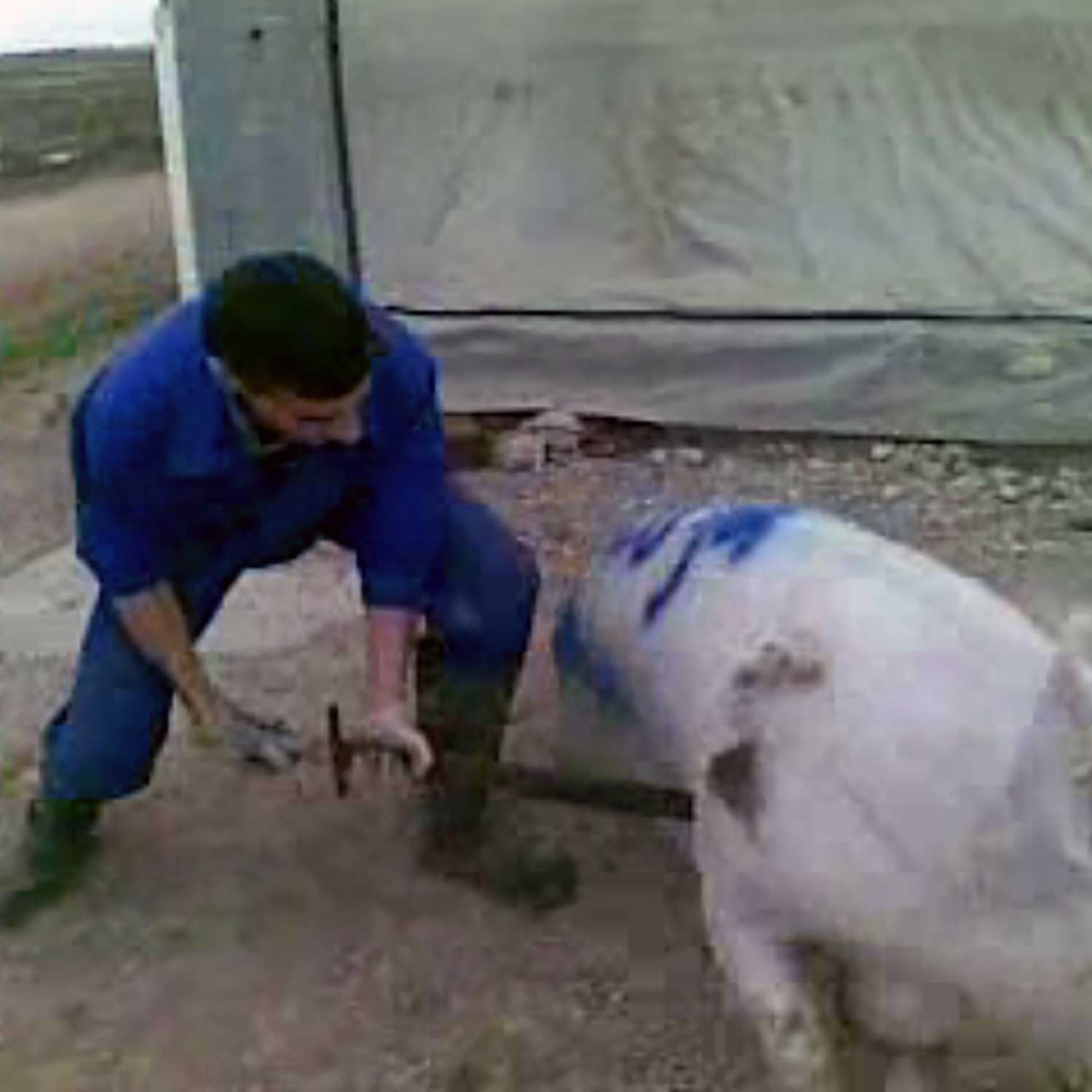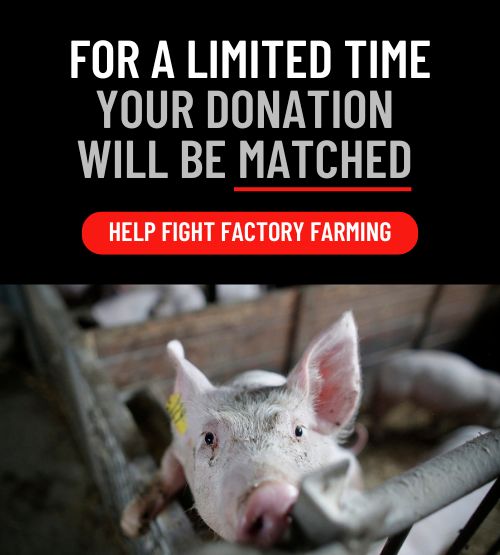Enclosing Cows At 30 Degrees Celsius To Study Economic Benefits
Scientists at the National Center of Dairy in Australia are studying how heat waves affect cow’s milk production by cruelly enclosing them for days under extreme temperature increases.
This experiment has cost 2.5 million dollars to Australia’s government. Their goal? Make cows experience extreme heat to simulate heat waves. Why? Because when exposed to higher temperatures, cows produce less milk. This way, cows are induced to stress in order to study their reactions.
The small room dimensions are: 5m length x 4m width x 3m height, which has only a small glass window. According to the scientist in charge of the Australian National Dairy Center, Dr. Joe Jacobs, the main purpose of this is “so they can see cows from other dwellings. It is a consideration of animal welfare to make them happy.” Something hard to believe, knowing that inside those rooms, cows are chained and are wearing diapers that collect their urine and feces with the purpose of analyzed afterwards.
“We are conducting experiments in which we are allowed to raise the temperature up to 30-32ºC when the exterior temperature is at 14-15 ºC, this is the equivalent to a heat wave“, he added. Cows spend up to three days in these conditions of extreme heat and isolation.
We should remember that cows are highly sociable and sensitive animals. They create bonds and have groups of friends and suffer when they are sent apart, just like we do.
Journalists are not allowed to cover the news, it was even forbidden to take pictures of the cows. According to Jacobs, “It could be problematic if the photos are viewed by people that are not familiarized with the process”, “by doing this, we avoid possible confrontations with animal welfare groups and also negative publicity”, he added.
However, it seems that the prohibition is turning against the National Dairy center, since this has attracted negative media attention. As usual, the dairy industry wants to hide practices that could be considered negative in order to obtain greater economic benefits. The industry knows that consumers nowadays are more demanding when it comes to animal welfare and many people are opting to replace milk for nutritious plant based alternatives such as soy, almond or rice milk.




